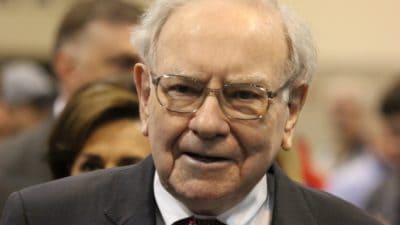2014 has been a dismal year for investors in Sainsbury’s (LSE: SBRY). That’s because shares in the supermarket have fallen by 22%, as the challenges of the UK supermarket sector have worsened somewhat. However, Sainsbury’s’s future could be a whole lot more prosperous than its past and a total return of 20%+ could be on offer. Here’s why.
Falling Earnings
Clearly, the UK supermarket sector is going through a tough period. With inflation being higher than wage increases for a number of years, most people have less disposable income now in real terms than they did before the financial crisis. As a result, the popularity of no-frills retailers such as Aldi and Lidl has grown at the expense of ‘mid-end’ supermarkets such as Sainsbury’s.
This has led to lower profits from the major supermarkets, such as Sainsbury’s, Tesco and Morrisons and all three are cutting dividends in response to a falling bottom line. However, Sainsbury’s has been hit to a lesser extent than its peers, with earnings per share (EPS) growing in every one of the last five years. While the company is expected to report a drop of 9% in net profit in the current year, this is a far better financial performance than the likes of Tesco and Morrisons over the same time period.
Looking Ahead
Furthermore, Sainsbury’s may have the best strategy when it comes to future growth. That’s at least partly because of its decision to take on the no-frills supermarkets via a joint venture with Danish company, Netto. This could prove to be a sound strategic move because it allows Sainsbury’s to compete on two fronts (discount and premium) via two brands, which is always a lot easier than trying to make one brand all things to all shoppers. This move could help Sainsbury’s to grow earnings moving forward.
Dividend Cuts
Despite its relatively strong financial performance in recent years, Sainsbury’s has cut its dividend. Certainly, it is not a savage cut, but dividends per share are expected to be 7.6% lower this year than they were last year. This would put the company’s payout ratio at 55%, which appears to be rather low given that the company’s bottom line has the potential to grow over the long run via an improving macroeconomic outlook and the addition of the Netto brand.
Therefore, a payout ratio of 60%+ looks to be a far more likely longer term level and would be in-line with where it stood in 2010. Were Sainsbury’s to have a payout ratio of 60% and maintain the current yield of 5.65%, it would mean shares trade at a price of 311p (this level was last reached just three weeks ago). That’s 9.9% higher than the current share price and, when the 5.65% yield is added, means that a total return of 20%+ looks to be very achievable over the medium term.
Clearly, there will be lumps and bumps ahead for Sainsbury’s, but it could prove to be a strong long-term play.








